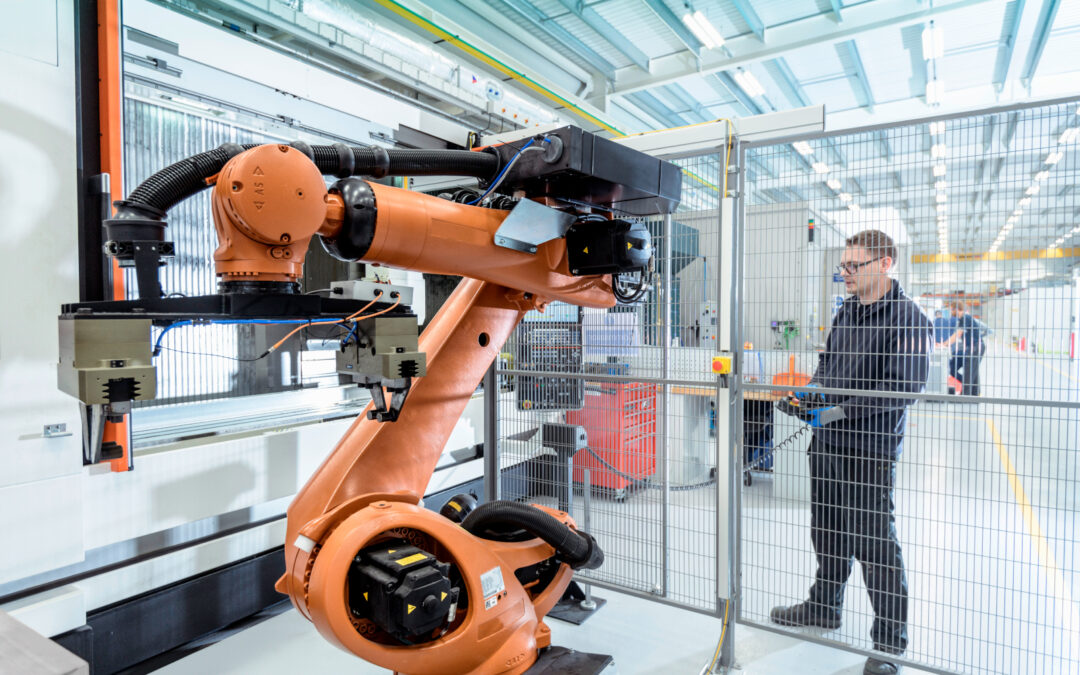How Digitization is Revolutionizing Occupational Safety in Businesses
“Digitization in Occupational Safety is a Success in Occupational Safety.” This statement highlights the significant impact of digital technologies in enhancing safety protocols within businesses. This article aims to provide business executives, mid-level managers, and entrepreneurs with insights into how digitization has transformed occupational safety and its implications for change management, executive coaching, effective communication, and leveraging Generative Artificial Intelligence (AI).
The Impact of Digitization in Occupational Safety
Digitization’s role in revolutionizing occupational safety is a prime example of how technology can significantly enhance workplace environments. The integration of digital technologies in safety protocols has enabled businesses to achieve a level of efficiency, accuracy, and responsiveness previously unattainable with traditional methods. This transformation extends beyond mere compliance with safety regulations; it represents a proactive approach to safeguarding employees and optimizing business operations.
The use of digital tools and systems has facilitated more precise monitoring and management of workplace hazards. Technologies such as Internet of Things (IoT) sensors, wearable safety devices, and real-time monitoring software provide businesses with detailed insights into their operational environments. This data-driven approach allows for the identification of potential risks before they result in incidents, significantly reducing the likelihood of workplace accidents and injuries.
Moreover, digitization has enabled the development of sophisticated emergency response protocols. With digital communication tools and automated alert systems, companies can quickly respond to safety incidents, minimizing their impact and protecting employees’ well-being. This swift response capability is crucial in high-risk industries where seconds can mean the difference between safety and harm.
Another significant benefit of digitizing occupational safety is the increased engagement and empowerment of employees. Digital platforms can offer interactive training modules, virtual reality simulations for hazard recognition, and easy-to-use reporting tools. These resources enhance employees’ understanding of safety practices and encourage active participation in maintaining a safe workplace. Empowered employees are more likely to take ownership of their safety and the safety of their colleagues, fostering a culture of safety within the organization.
In addition, the integration of digital technologies in safety protocols has improved operational efficiency. Automated safety systems reduce the time and resources required for safety management, allowing businesses to allocate these resources to other critical areas. This efficiency gain not only enhances safety but also contributes to the overall productivity and success of the business.
In summary, the digitization of occupational safety has brought about a comprehensive transformation in how businesses protect their employees and manage risks. This technological advancement has resulted in safer, more efficient, and more responsive workplaces, showcasing the profound impact of digital innovation in the realm of occupational health and safety.
Change Management in Implementing Digital Safety Solutions
Effective change management is crucial when adopting digital safety solutions. Organizations must strategically plan the implementation of these technologies to ensure minimal disruption and maximum acceptance. This involves educating employees about the benefits of Digitization in Occupational Safety, training them on new tools, and ensuring a smooth transition from traditional safety practices to digital ones.
Executive Coaching for Safety Leadership in the Digital Age
Executive coaching plays a vital role in preparing leaders for the digital transformation of safety protocols. Leaders must be equipped with the knowledge and skills to drive this change, fostering a culture of safety that leverages digital tools. Effective leadership in this area is key to the successful adoption of digital safety practices.
Leveraging Generative AI for Enhanced Safety Measures
Generative AI is becoming an invaluable tool in occupational safety. Through predictive analytics and risk assessment models, AI can identify potential hazards and suggest measures to prevent accidents. This proactive approach to safety, powered by AI, is setting new standards in occupational health and safety management.
In conclusion, the assertion “Digitization is a Success in Occupational Safety” underscores the transformative role of digital technologies in enhancing workplace safety. By focusing on effective change management, skilled leadership, and the innovative use of Generative AI, businesses can create a safer, more efficient, and more productive working environment.
#OccupationalSafety #Digitization #BusinessSafety #ChangeManagement #GenerativeAI











